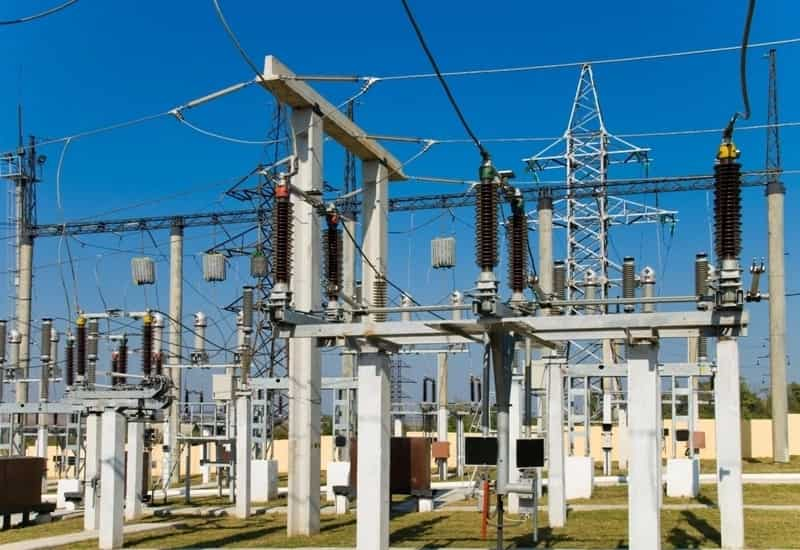
Revenue generated by Nigeria’s electricity Distribution Companies (DISCOs) surged by nearly 40 percent year-on-year, rising from N810.86 billion in 2024 to N1.132 trillion in the first half of 2025 — despite deepening consumer complaints over erratic power supply, estimated billing, and crippling outages.
Data reviewed by Vanguard showed that DISCOs collected N178.68 billion in January 2025, N191.75 billion in February, N188.89 billion in March, N199.85 billion in April, N191.57 billion in May, and N182.11 billion in June.
The spike comes against the backdrop of a fragile national grid and the Transmission Company of Nigeria’s (TCN) inability to wheel an estimated 16,384 megawatts (MW) from generation companies (GENCOs). Frequent blackouts worsened in 2025, hitting industries and households alike and forcing Nigerians to increasingly depend on costly alternatives such as diesel and petrol generators, solar power, and inverters.
The figures have left many Nigerians puzzled — and frustrated. “The administration of President Bola Tinubu has created an enabling environment, policies and some initiatives, leading to increased investment, generation, supply and revenue collection than in the past,” said Sunday Oduntan, managing director of the Association of Nigerian Electricity Distributors (ANED), in an interview on Sunday. “These are basically why the revenue generation has increased in Nigeria’s power sector.”
Consumer advocates, however, stress that improved metering may explain the revenue jump. “We might be seeing the effects of metering, as meters executed under NERC’s Meter Acquisition Fund are now being installed,” said Adetayo Adegbemle, convener and executive director of PowerUp Nigeria.
Subsidy Remains a Flashpoint
Adegbemle added that subsidies remain a thorn in the industry’s structure and profitability.
“Historically, the Nigerian Government has been paying electricity subsidy to the Nigeria Electricity Supply Industry (NESI). This means that there is the Cost Reflective Tariff of supplying 1kWh (kilowatt hour), and the Allowed Tariff that consumers are ‘allowed’ to pay,” he said.
“This variance, otherwise called ‘subsidy,’ has now turned into an elephant in the chinaware shop,” Adegbemle continued. He noted that subsidies, while designed to cushion consumers, strain public finances and discourage efficiency in the sector.
The Federal Government moved to gradually phase out electricity subsidies in 2020 with the Service-Based Tariff (SBT) framework. Then–finance minister Zainab Ahmed disclosed that subsidies in the power sector had been quietly removed under President Muhammadu Buhari, with plans to eliminate fuel subsidies as well.
Between 2015 and 2020, tariff shortfalls amounted to an estimated N2.4 trillion, averaging N200 billion annually. In 2022 alone, subsidies cost over N600 billion, with projections hitting N1 trillion in 2024.
A Growing Disconnect Between Revenue and Service
While DISCOs report record revenue collection, ordinary Nigerians continue to face worsening supply and escalating electricity costs. Manufacturing firms warn that persistent power shortages are driving up production costs, while households increasingly describe electricity bills as “daylight robbery.”
The government insists reforms will stabilize the industry and encourage investment. For many Nigerians, however, the disconnect between soaring revenue and declining service only deepens mistrust in a sector long plagued by inefficiency.
